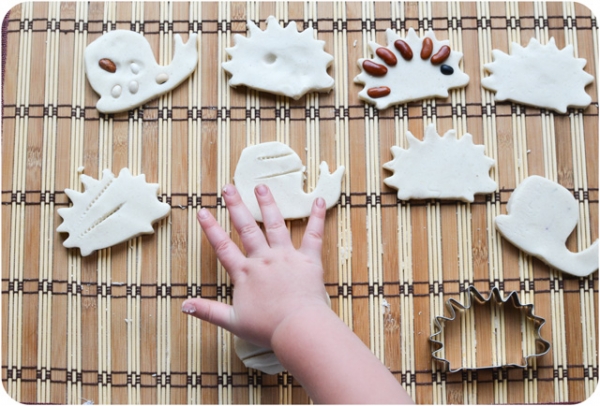
Chances are you have already heard about the Montessori, Waldorf and Reggio Emilia educational approaches. The schools that offer them are becoming more popular, though they may not be available to everyone. They may not be offered locally, or the cost might be prohibitive. So, why not try out the techniques of the famous Italian educators right at home, without spending a fortune on supplies? All you will need is playdough to explore and compare the different practices.
We will begin with Maria Montessori, whose work paid particular attention to creating an accessible environment for children. She encouraged using low shelves, little chairs and tables, and miniature versions of any other real tools for use by children. She insisted that children are striving to gain independence in everyday life: in learning to button a shirt, wash hands, or pour a drink. Adults may take these abilities for granted, but children work hard to develop them. Pusulabet
Eventually, all healthy children will learn to do these everyday tasks, but according to the Montessori approach, deconstructing the skills into their simplest steps and teaching them to children as soon as interest arises develops a sense of accomplishment. Messes can be prevented by serving toddlers drinks, but let them spill a bit of water while learning the skill, and they will be happy to do it themselves and develop confidence in their abilities.
Another benefit is that while adults may find certain everyday tasks boring, children can be content pouring water back and forth from one cup to another for an hour, turning it into a fun afternoon game. To see how it works, set up a quick Montessori activity for teaching children to make cookies with play-dough. Evden eve nakliyat

You Will Need:
When presenting the activity, reduce explanations to the minimum. Show what to do, one simple step after another: cut the dough, roll the dough, place the cookie cutter in the centre and press it down hard. Take the cookie out and decorate it. After doing a demonstration, invite the children to make their own cookies!

After the first batch of play-dough cookies are ready, leave the tray accessible so that children can use it later on their own. It is very likely that they will come back to it again the same or the next day. Children are persistent about practising a skill until they master it.
The beauty of this activity is that after a few afternoons with play-dough baking, children are prepared for real baking, and will happily assist you! At the end of the day, when a basket of cookies appears on your table, the young helpers will be proud to say they made them, and it will be true.

Enjoy your baking, and do not miss the next article where we will use our play-dough to explore the Waldorf philosophy.